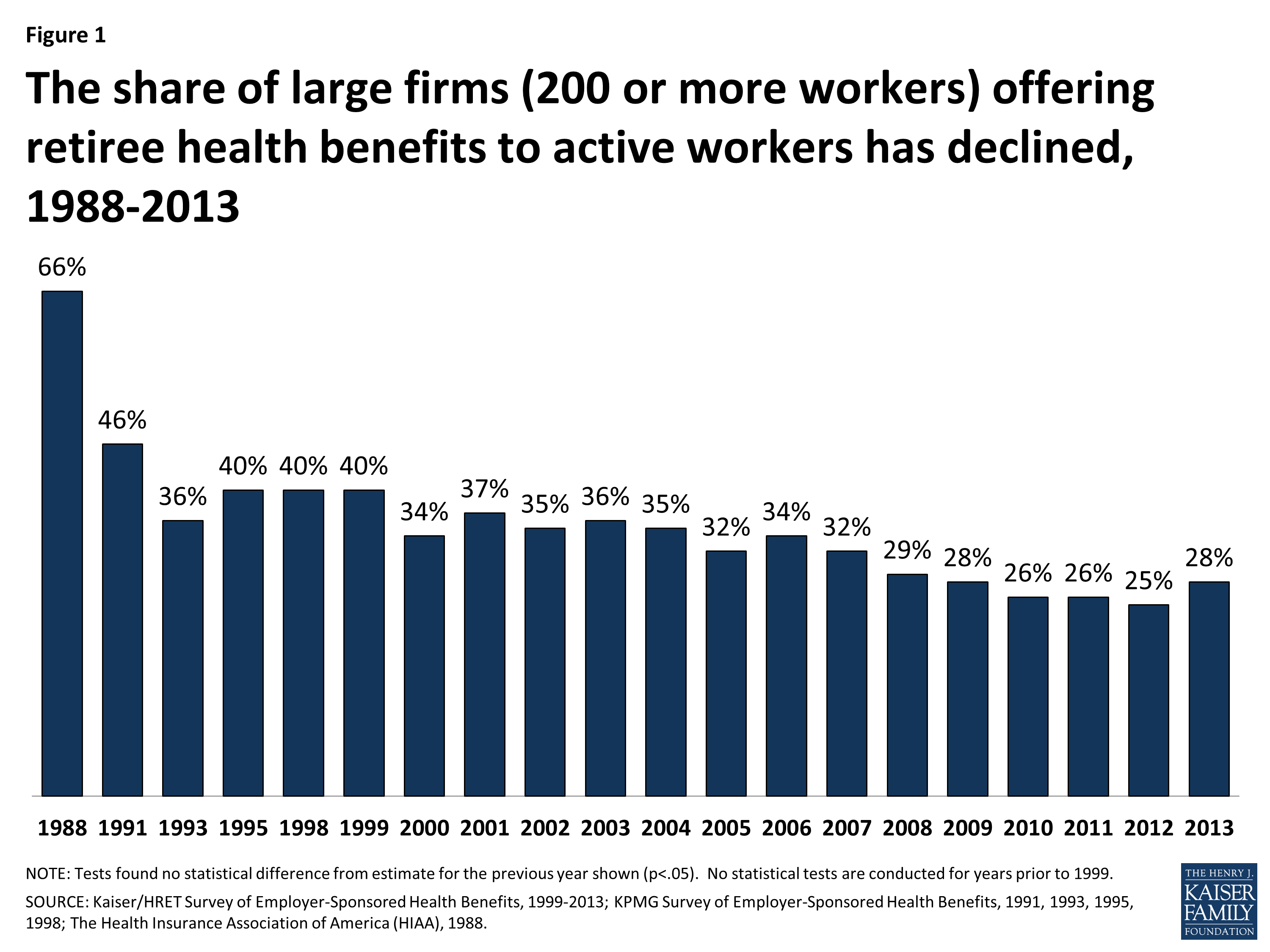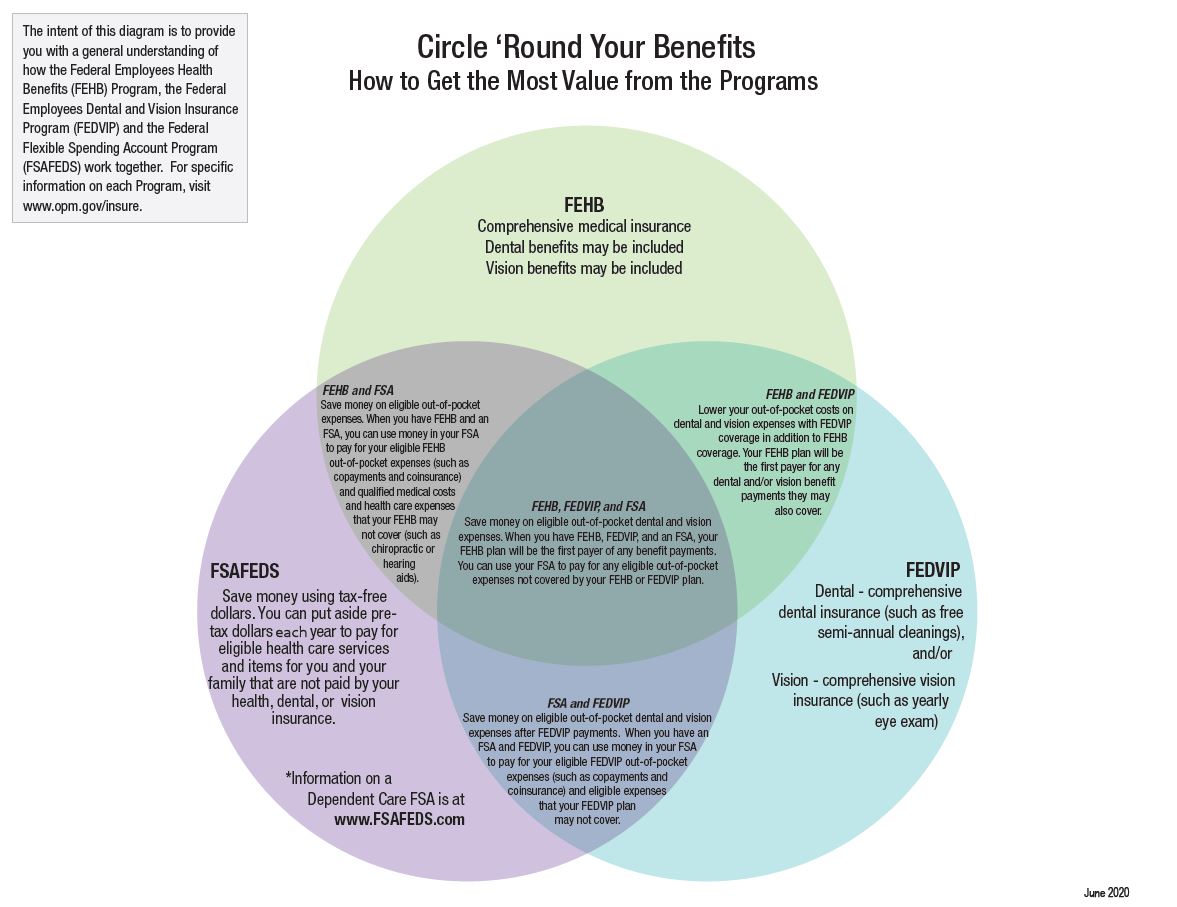Some Known Incorrect Statements About Medicare Advantage Agent
Some Known Incorrect Statements About Medicare Advantage Agent
Blog Article
The 4-Minute Rule for Medicare Advantage Agent
Table of ContentsFascination About Medicare Advantage AgentSome Known Questions About Medicare Advantage Agent.9 Easy Facts About Medicare Advantage Agent Described

adheres to from puzzling the reasonably young age profile of the without insurance with the much better health, typically, of more youthful persons. This covers the link between health and wellness status and medical insurance. For those without access to office medical insurance, poor health is a possible barrier to purchasing nongroup insurance coverage due to the fact that such protection may be very valued, exclude preexisting problems, or be merely unavailable. The number of without insurance Americans is not particularly huge and has not altered in recent times. Seven out of ten respondents in an across the country representative survey thought that less Americans did not have medical insurance than actually do(Fronstin, 1998). Approximately fifty percent(47 percent )thought that the number of people without medical insurance lowered or remained consistent over the latter half of the last decade(Blendon et al., 1999). This decline of almost 2 million in the variety of individuals 'without insurance policy (a reduction
of about 4 percent)is definitely a positive modification. With a softer economic climate in 2000 the most current reported gains in insurance policy protection may not continue(Fronstin, 2001 ). The decline in the number of uninsured will not continue if the economy stays sluggish and healthcare prices remain to exceed rising cost of living. This is due to the fact that the information were gathered for a period of solid financial efficiency. Of the estimated 42 million individuals that were without insurance, almost regarding 420,000(regarding 1 percent)were under 65 years of age, the age at which most Americans become qualified for Medicare; 32 million were adults in between ages 18 and 65, about 19 percent of all adults in this age; and 10 million were kids under 18 years of age, about 13.9 percent of all youngsters (Mills, 2000). These price quotes of the variety of persons uninsured are created from the yearly March Supplement to the Present Population Study (CPS), performed by the Census Bureau. Unless otherwise kept in mind, national estimates of individuals without wellness insurance policy and proportions of the population with different type of insurance coverage are based on the CPS, one of the most commonly utilized resource of quotes of insurance policy coverage and uninsurance prices. These surveys and the estimates they produce are described briefly in Table B. 1 in Appendix B - Medicare Advantage Agent. These studies differ in dimension and sampling approaches, the concerns that are asked about insurance policy
The Best Guide To Medicare Advantage Agent
insurance coverage, and the moment period over which insurance policy protection or uninsurance is measured(Lewis et al., 1998, Fronstin, 2000a ). Still, the CPS is particularly valuable because it creates yearly price quotes relatively rapidly, reporting the previous year's insurance policy coverage estimates each September, and since it is the basis for a regular set of estimates for even more than two decades, allowing for analysis of trends in protection gradually.

Medicare Advantage Agent Fundamentals Explained
Over a three-year period starting early in 1993, 72 million people, 29 percent of the united state population, were without protection for a minimum of one month. Within a single year(1994), 53 million individuals experienced a minimum of a month without insurance coverage(Bennefield, 1998a). Six out of every 10 without insurance grownups are themselves employed. Although functioning does improve the possibility that a person and one's member of the family will certainly have insurance coverage, it is not an assurance. Even members of households with two permanent breadwinner have almost a one-in-ten opportunity of being uninsured (9.1 percent without insurance rate)(Hoffman and Pohl, 2000 ). The connection in between health insurance policy and access to care is well established, as documented later in this chapter. The relationship in between health and wellness insurance policy and health results is neither straight nor straightforward, an extensive clinical and health services research study literary works web links health and wellness insurance policy coverage
to improved enhanced to care, better qualityTop quality and read more improved boosted individual population populace statusStanding As an example, the 2nd report, on personal health results for without insurance grownups, is stood for by the inner circle of the number, while the third report, on family well-being, encompasses the topics of the 2nd record yet highlights a various device of evaluation, namely, the family. The 6th record in the collection will offer information concerning strategies and efforts taken on locally, statewide, or across the country to resolve the lack of insurance coverage and its negative influences. Degrees of evaluation for checking out the effects of uninsurance. This discussion of medical insurance protection focuses primarily on the U.S. population under age 65 because essentially all Americans 65 and older have Medicare or other public protection.
Additionally, it focuses particularly on those with no health and wellness insurance for any kind of length of time. The problems faced by the underinsured remain in some areas comparable to those faced by the uninsured, although they are normally less severe. Uninsurance and underinsurance, nonetheless, entail noticeably various policy concerns, and the approaches for resolving them might vary. Throughout this study and the five records to follow, the primary emphasis gets on persons without medical insurance and hence no assistance in paying for health and wellness care past what is readily available via charity and safety internet establishments. Medical insurance is an effective variable influencing receipt of care due to the fact that both clients and medical professionals react to the out-of-pocket cost of solutions. Medical insurance, nonetheless, is neither essential nor adequate to acquire access to medical solutions. Nevertheless, the independent and direct effect of health
insurance policy protection on access to health and wellness services is well established. Others will certainly acquire the health and wellness care they need even without medical insurance, by spending for it expense or seeking it Our site from providers that supply treatment complimentary or at extremely subsidized prices. For still others, wellness insurance policy alone does not make certain receipt of treatment due to various other nonfinancial obstacles, such as a lack of healthcare suppliers in their area, minimal access to transport, illiteracy, or linguistic and social differences. Official research study about without insurance populations in the USA dates to the late 1920s and very early 1930s when the Board on the Price of Medical Treatment created a series of reports regarding funding doctor workplace check outs and hospitalizations. This problem became prominent as the numbers of medically indigent climbed during the Great Anxiety. Empirical studies continually support the web link in between accessibility to care and improved health outcomes(Bindman et al., 1995; Starfield, 1995 ). Having a regular source of care can be considered a forecaster of accessibility, instead of a direct measure of it, when health and wellness results are themselves used as accessibility indicators. This extension of the concept of gain access to measurement was made by the IOM Committee on Keeping An Eye On Accessibility to Personal Healthcare Provider(Millman, 1993, p. Whether moms and dads are guaranteed appears to affect whether their children get treatment as well as exactly how much careeven if the children themselves have coverage(Hanson, 1998). The health and wellness of moms and dads can affect their capability to take care of their youngsters and the degree of family members stress and anxiety. Stressing over their kids's access to care is itself a resource of anxiety for parents. 3 phases adhere to in this report. Chapter 2 supplies a summary of how employment-based medical insurance, public programs and private insurance plan operate and interact to provide comprehensive yet insufficient insurance coverage of the united state populace. This includes a review of historical trends and public laws impacting both public and private insurance, a conversation of the communications among the various types of insurance policy, and an assessment of why individuals relocate from one program to another or finish up

Report this page